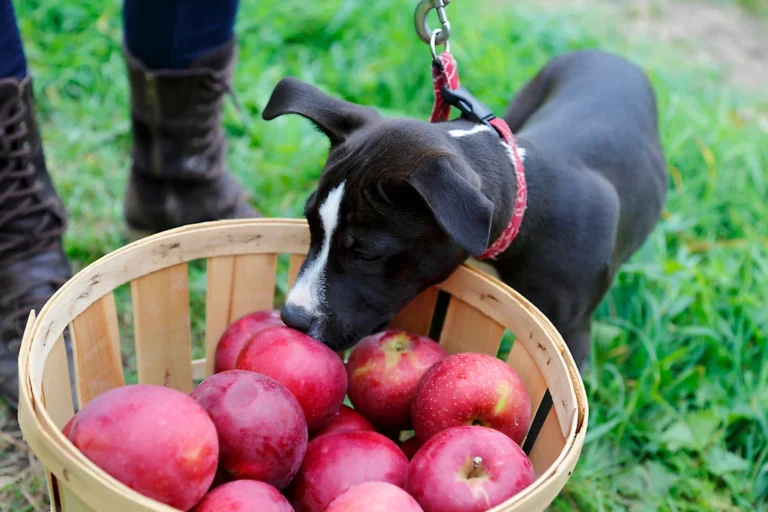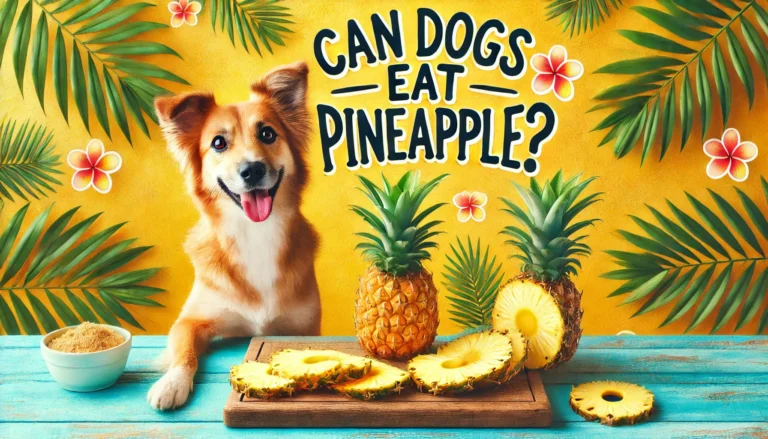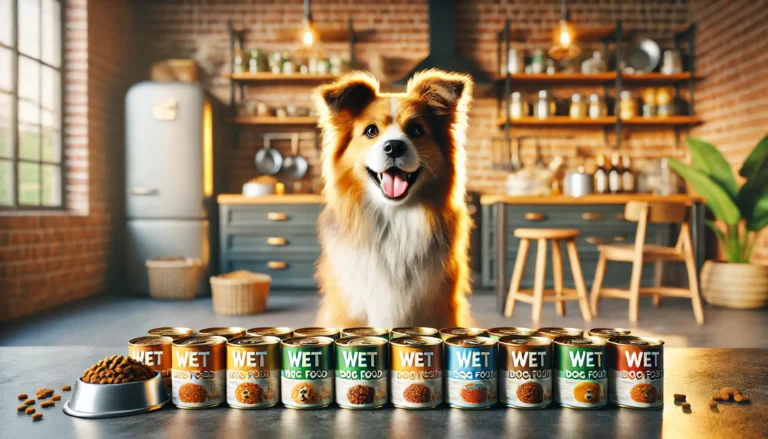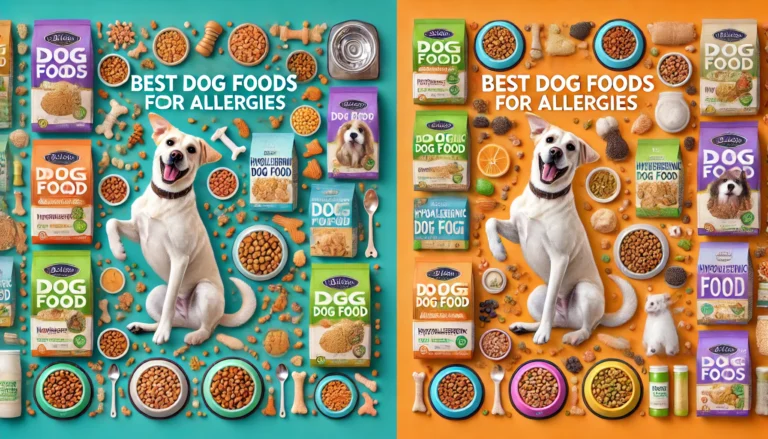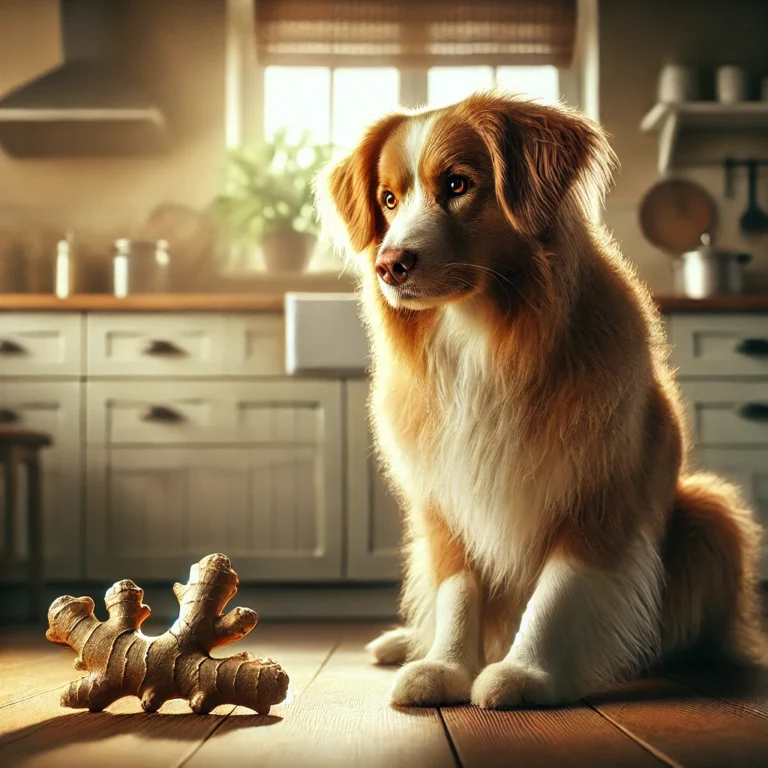can dogs eat chicken bones? An amazing Article to read
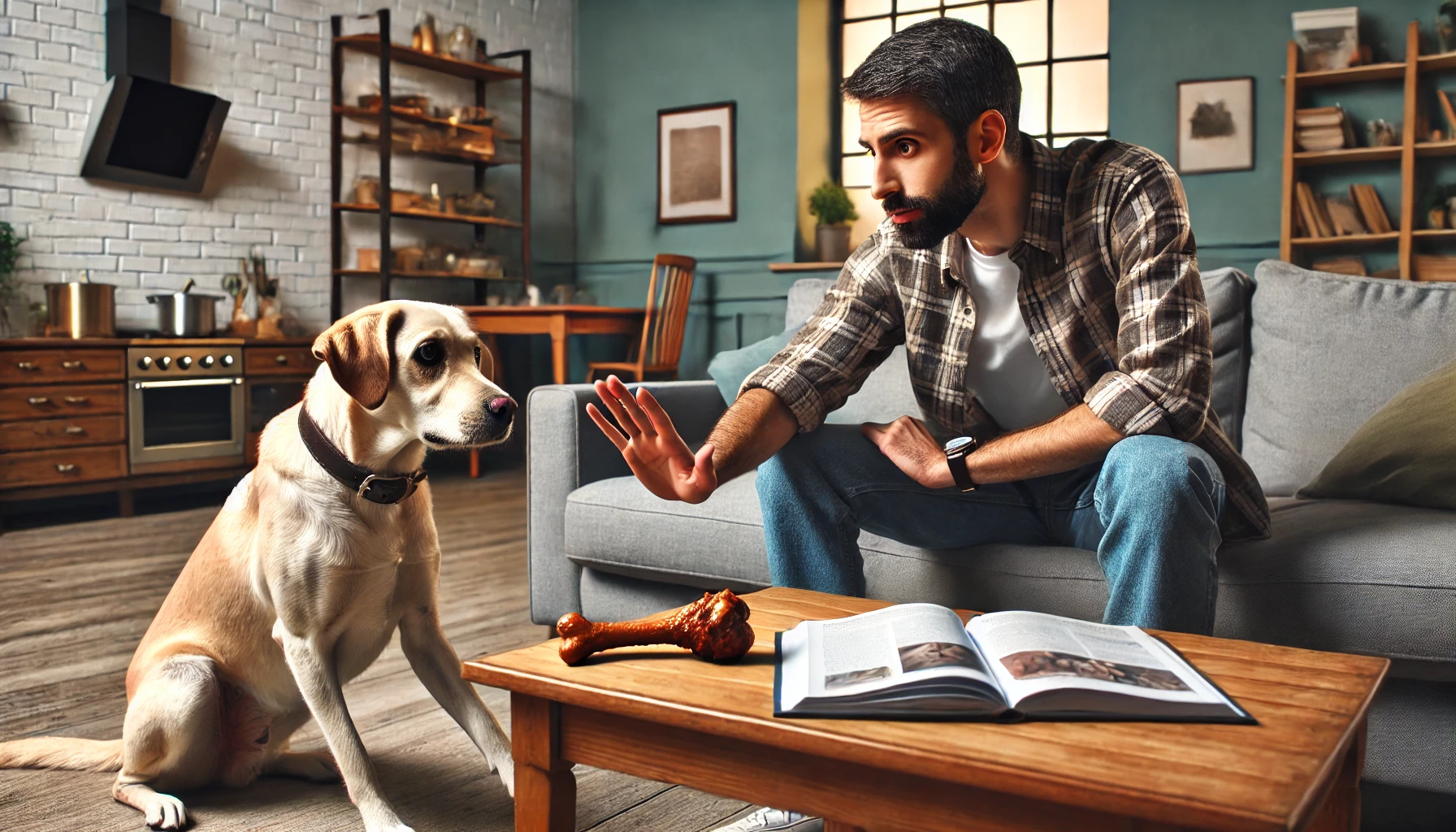
Introduction to can dogs eat chicken bones?
When your dog snatches a chicken bone off the plate or from the trash, it can be a scary moment for any pet owner. Chicken bones pose a risk of choking, obstruction, or injury to your dog’s digestive tract. In this detailed guide, we’ll cover the steps you should take if your dog eats a chicken bone, what signs of complications to watch for, and how to prevent such incidents in the future.
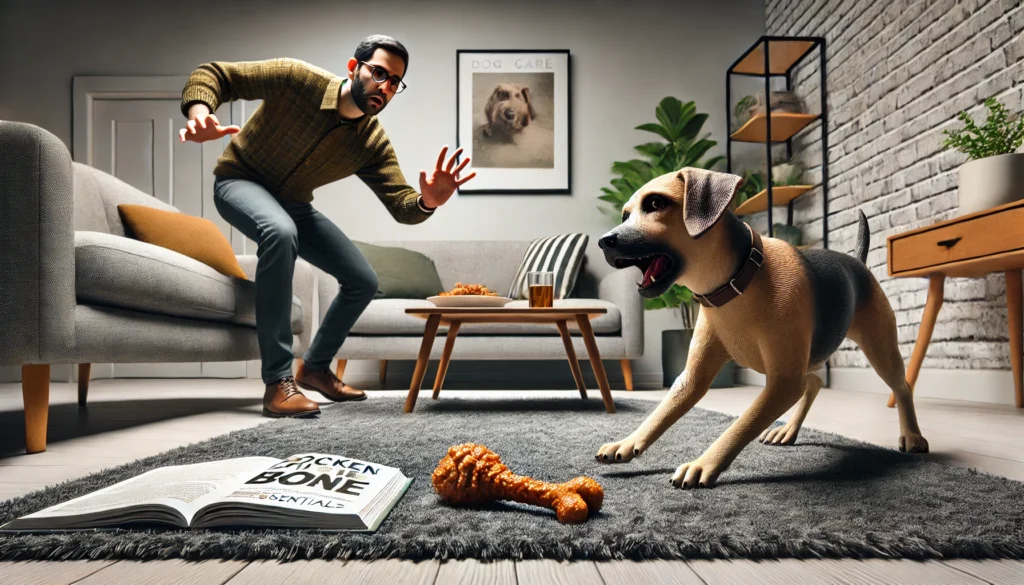
Immediate Steps to Take
1. Don’t Panic
It’s important to remain calm. Not all instances of a dog eating chicken bones will result in a health crisis, but being level-headed helps you think more clearly about your next steps.
2. Assess the Situation
Determine how many bones were consumed and whether they were cooked or raw. Cooked bones are more brittle and likely to splinter, presenting a higher risk than raw bones.
3. Check for Choking
Observe your dog closely for signs of distress such as gagging, drooling, pawing at the mouth, or difficulty breathing. These could indicate that a bone is lodged in their throat.
4. Monitor Your Dog
Watch your dog for the next 24 hours for any signs of discomfort, lethargy, or difficulty defecating. These symptoms may indicate that a bone has caused an internal obstruction or injury.
When to Contact Your Veterinarian
1. Immediate Concerns
If your dog shows signs of choking, severe distress, or if you know they have swallowed a large quantity of chicken bones, it’s best to call your veterinarian immediately or visit an emergency animal hospital.
2. Delayed Symptoms
Contact your vet if you notice any of the following symptoms within a few days of your dog eating chicken bones:
- Vomiting
- Lethargy
- Abdominal pain
- Constipation or difficulty pooping
- Bloody stool
Your vet might suggest bringing your dog in for an examination, which could include X-rays or an ultrasound to determine if there is an obstruction or damage to the intestines.
Treatment Options
1. No Immediate Symptoms
If your dog isn’t showing any immediate symptoms, your vet may advise you to monitor them at home. They might recommend feeding your dog soft, easily digestible foods like canned pumpkin or white rice to help cushion the bones as they pass through the digestive system.
2. Medical Intervention
For dogs showing symptoms of an obstruction or severe distress, more intensive treatment such as surgery may be necessary to remove the bones. In less severe cases, medication to ease digestion or antibiotics to prevent infections from punctures in the digestive tract might be prescribed.
Preventive Measures
1. Secure Trash and Leftovers
Ensure that all trash cans have secure lids, and leftovers are cleared away immediately and stored out of reach. Never leave plates unattended, especially if your dog is known to scavenge.
2. Train “Leave It” Command
Training your dog to respond to commands like “leave it” can be a lifesaver in preventing them from eating harmful objects.
3. Provide Safe Alternatives
Offer your dog safe chew toys or bones designed for dogs, which can satiate their urge to chew without the risks associated with chicken bones.
Do you know
Rats are small, intelligent creatures that can make affectionate pets. Their lifespan varies based on their environment and care. Pet rats tend to live longer than wild ones because they have access to better food, healthcare, and protection
Understanding the Risks
Chicken bones, especially when cooked, can splinter and cause tearing or puncturing of the intestines. The risks involved with your dog eating chicken bones include:
- Choking Hazard: Bones can get stuck in the throat.
- Obstruction: Bones can block the intestines.
- Perforation: Sharp bone fragments can pierce the wall of the intestines, leading to a potentially fatal abdominal infection (peritonitis).
Conclusion
If your dog eats a chicken bone, it’s important to remain vigilant and act swiftly. Monitoring your dog for any signs of distress and contacting your veterinarian if you have concerns are crucial steps. By implementing preventive measures and being aware of the potential dangers of chicken bones, you can help ensure the safety and well-being of your furry friend.
Through responsible pet ownership and immediate action when accidents occur, you can minimize the risks and keep your dog healthy and happy. Always keep your veterinarian’s contact information handy for quick access in emergencies and consult with them about the best practices for keeping your pet safe from common household hazards.

